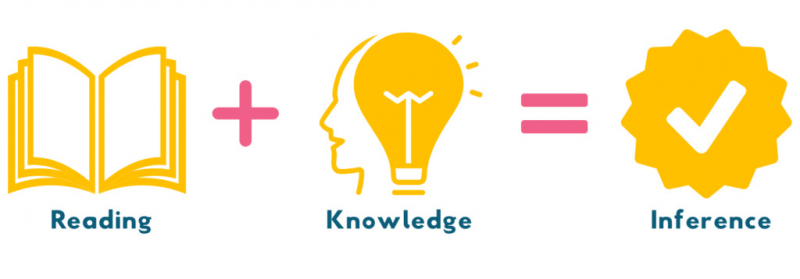Probabilistic Graphical Models 2: Inference

PGMs (probabilistic graphical models) are a powerful tool for encoding probability distributions in complex domains, such as joint (multivariate) distributions involving many random variables that interact with one another. These representations are based on concepts from probability theory, graph algorithms, machine learning, and more, and they sit at the intersection of statistics and computer science. They serve as the foundation for cutting-edge methods in a wide range of fields, including medical diagnosis, image understanding, speech recognition, natural language processing, and so on. They're also a crucial part of putting together many machine learning problems.
This is the second of three courses in a series. Following on from the first course's focus on representation, this one looks at probabilistic inference and how a PGM can be used to answer questions. A PGM's structure is designed to allow questions to be answered efficiently, despite the fact that it generally describes a very high dimensional distribution. The course covers both exact and approximate algorithms for various types of inference tasks, as well as when and how each should be used. Two hands-on programming assignments are included in the (highly recommended) honors track, in which key routines of the most commonly used exact and approximate algorithms are implemented and applied to a real-world problem.
This course offers:
- Flexible deadlines: Reset deadlines based on your availability.
- Shareable certificate: Get a Certificate when you complete
- 100% online
- Course 2 of 3 in the Specialization Probabilistic graphical models
- Advanced level
- Approx. 38 hours to complete
- Subtitles: French, Portuguese (European), Russian, English, Spanish
Course ratings: 4.6/5
Enroll here: https://www.coursera.org/learn/probabilistic-graphical-models-2-inference











